Play-through
‘Will Crowther’s Colossal Cave Adventure was neither the first computer game nor the first program to emulate conversation; nevertheless, Adventure — an interactive textual simulation of a caving expedition, augmented by fantasy-themed puzzles – inspired a generation of hackers. Playing Adventure involves reading prose descriptions of the setting, and typing brief commands (i.e. “light lamp”) in order to solve puzzles and collect treasure. Similar text games representing environments defined both by story and rules were extremely popular during the 80s and (with the addition of graphics) through the 90s. Text-adventures, also known as “interactive fiction”, attracted modest scholarly attention as an emerging literary form in the 80s.
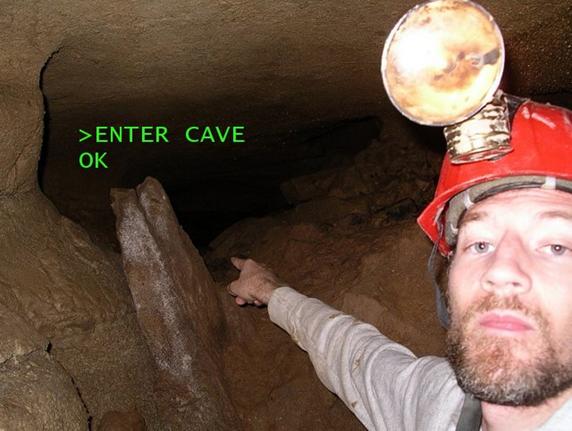
‘While today’s young computer professionals may have only passing familiarity with Adventure, the game had a tremendous effect on an earlier generation of programmers. Lines from Adventure, such as “You are in a maze of twisty little passages, all alike” and the magic word “XYZZY”, quickly entered hacker culture. The New Hacker Dictionary includes the term “vadding” (“from VAD, a permutation of ADV (i.e., ADVENT), used to avoid a particular admin’s continual search-and-destroy sweeps for the game”), defining it as a “leisure-time activity of certain hackers involving the covert exploration of the ‘secret’ parts of large buildings”.
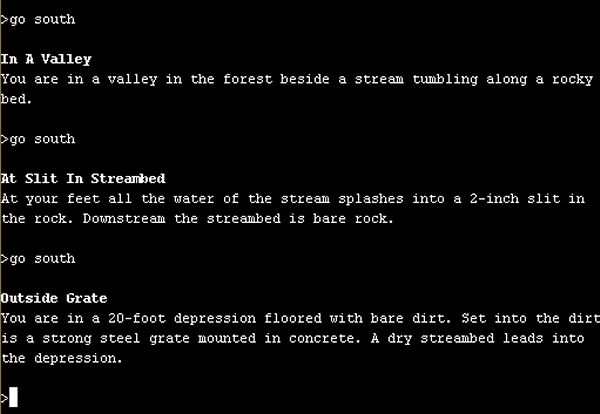
‘When Adventure reached MIT in the spring of 1977, one group of players reacted by creating Zork and the company Infocom, whose text-adventure titles were best-sellers during the 80s. Other entrepreneurs inspired by Adventure included Scott Adams (founder of Adventure International), who published the lean but accessible Adventureland in 1978, and Ken and Roberta Williams (co-founders of Sierra On-Line), who produced the first graphic adventure game (Mystery House, 1980) after Roberta got hooked on Adventure. In 1978, Atari employee Warren Robinett reworked the general exploration-and-treasure premise into a 2D graphic game, also called Adventure, which sold a million units. During the late 70s, text-based computer games had tactical advantages over games using the slow, blocky, and expensive graphics that were then cutting-edge.

Atari ‘Adventure’
‘Last year’s graphic games dated quickly due to rapid hardware advances, while last year’s text games still appealed to this year’s text gamers, which helped sales. Text games were also easily portable to multiple platforms, thereby increasing sales potential in a crowded market. When the PC and Mac emerged as the dominant hardware platforms in the late 80s, both the aesthetic and economic advantages of text adventures evaporated.

‘Colossal Cave Adventure’, later version
‘Even after the commercial market faded, hobbyists continued to play, review, and create interactive fiction. Indeed, the post-commercial IF community was producing valuable analysis and theory long before games began to emerge as an academic subject.
‘Within the computer science field, Knuth (1998) used Adventure as his sole example in a 107-page tutorial on “literate programming” — coding for human readers as well as machines. His text carefully translates the Crowther/Woods FORTRAN code to CWEB, prefacing each section of code with a discussion of how the rules defined in each section of code affect the gameplay. Knuth expects his reader to have played Adventure multiple times, but offers his close reading of the code as the proper way to experience the work.

‘Knuth’s approach is the mirror image of Buckles (1985), whose dissertation on Adventure employs literary formalism to examine what she calls a “storygame” in terms of established genres such as the riddle and the folktale. Where Knuth’s procedural formalism argues “you cannot fully appreciate the astonishing brilliance of its design until you have seen all of the surprises that have been built in [the code]”, Buckles explores the narratives that her volunteer players generated as they attempted (often unsuccessfully) to make sense of their partial exposure to the simulated world.

‘Colossal Cave Adventure’, even later version
‘Nevertheless, many things that Adventure players enjoyed — logic and resource-management puzzles and the exploration of a complex virtual topography within the context of a framing story — remain staples in adventure, role-playing, and multiplayer game genres. Further, many elements that Adventure did not implement — complex non-player characters, believable AI, dynamic branching plots — still elude today’s game designers. Lured by the siren song of ever-improving graphics power, terrified by the risks involved with truly unique ideas in gaming, the industry is collectively stumbling along a path well-worn by Hollywood, which uses non-stop action and visual spectacle to compete against itself for the quickest path to the consumer’s dollar.

‘One of the major goals of video game systems has been to simulate the real, to create images so lifelike, and movements so natural that there is no sense of artifice, yet paradoxically, the technology is put in service to creating a world that could very well do without it. Because interactive fiction authors can draw on an existing body of narrative techniques, as well as emergent code-based interaction techniques, the medium (free from the corporate pressures associated with team-based development) is well-suited to individual experimentation and innovation.’ — Dennis G. Jerz, ‘Somewhere Nearby is Colossal Cave: Examining Will Crowther’s Original “Adventure” in Code and in Kentucky’
Finish reading that (above) then play this (below)
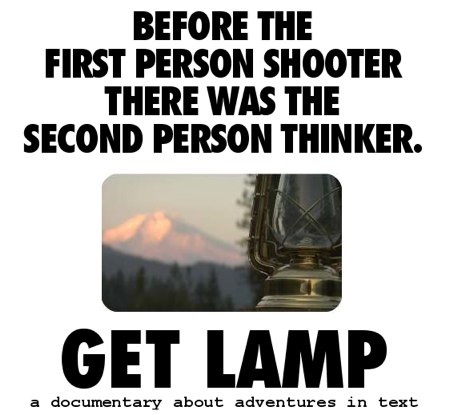
Get Lamp: A Documentary about Adventures in Text (2010)
Directed by Jason Scott
‘With limited sound, simple graphics, and tiny amounts of computing power, the first games on home computers would hardly raise an eyebrow in the modern era of photorealism and surround sound. In a world of Quake, Half-Life and Halo, it is expected that a successful game must be loud, fast, and full of blazing life-like action.
‘But in the early 1980s, an entire industry rose over the telling of tales, the solving of intricate puzzles and the art of writing. Like living books, these games described fantastic worlds to their readers, and then invited them to live within them. They were called “computer adventure games”, and they used the most powerful graphics processor in the world: the human mind.
‘Rising from side projects at universities and engineering companies, adventure games would describe a place, and then ask what to do next. They presented puzzles, tricks and traps to be overcome. They were filled with suspense, humor and sadness. And they offered a unique type of joy as players discovered how to negotiate the obstacles and think their way to victory. These players have carried their memories of these text adventures to the modern day, and a whole new generation of authors have taken up the torch to present a new set of places to explore.
‘Get Lamp is a documentary that will tell the story of the creation of these incredible games, in the words of the people who made them.’ — Get Lamp Website
Trailer: ‘Get Lamp’
Tribute to and video about ‘Get Lamp’

Interactive Fiction Games
‘Text adventures are one of the oldest types of computer games and form a subset of the adventure genre. The player uses text input to control the game, and the game state is relayed to the player via text output. Input is usually provided by the player in the form of simple sentences such as “get key” or “go east”, which are interpreted by a text parser. Parsers may vary in sophistication; the first text adventure parsers could only handle two-word sentences in the form of verb-noun pairs. Later parsers, such as those built on Infocom’s ZIL (Zork Implementation Language), could understand complete sentences. Later parsers could handle increasing levels of complexity parsing sentences such as “open the red box with the green key then go north”. This level of complexity is the standard for works of interactive fiction today.
‘Despite their lack of graphics, text adventures include a physical dimension where players move between rooms. Many text adventure games boasted their total number of rooms to indicate how much gameplay they offered. These games are unique in that they may create an illogical space, where going north from area A takes you to area B, but going south from area B did not take you back to area A. This can create mazes that do not behave as players expect, and thus players must maintain their own map. These illogical spaces are much more rare in today’s era of 3D gaming, and the Interactive Fiction community in general decries the use of mazes entirely, claiming that mazes have become arbitrary ‘puzzles for the sake of puzzles’ and that they can, in the hands of inexperienced programmers, become immensely frustrating for players to navigate.’ — XYZZY News – The Magazine for Interactive Fiction Enthusiasts
Some classic examples
‘Zork 1’
‘Mystery House’
Scott Adams shows and discusses ‘Adventureland’
‘Trinity’
‘The Hitchhiker’s Guide to the Galaxy’
‘Leather Goddesses of Phobos’
‘Eric the Unready’
‘Gateway II: Home World’
Resources
The Interactive Fiction Archive
‘The contents of the IF Archive — including thousands of text adventures, text adventure development tools, articles, essays, hint files, walkthroughs, jokes, and sly references to Greek politics — are contributed by the interactive fiction community, past and present.’ — IFA
The Interactive Fiction Database
‘The Interactive Fiction Database is an IF game catalog and recommendation engine. IFDB is a Wiki-style community project: members can add new game listings, write reviews, exchange game recommendations, and more.’ — IFD
The Annual Interactive Fiction Competition
‘For the last fifteen years, the readers of the Usenet newsgroup rec.arts.int-fiction have held a yearly interactive fiction competition. For fans of the old Infocom games as well as for newcomers to the genre, the competition is a chance to enjoy some of the best short adventure games available anywhere.’ — IFC
Interactive Fiction: A Beginner’s Guide
‘This site is a quick start guide, designed to help people who want to try interactive fiction, or as it is also called, text adventures. It is divided up into seven steps, which can all be seen in the table to the left. Reading through all the material on this site takes about 10-20 minutes, and that’s all the preparation you’ll need before you can start downloading and playing games.’ — microheaven.com
Dennis Jerz’s ‘Playing, Studying and Writing Text Adventures’
‘Interactive fiction requires the text-analysis skills of a literary scholar and the relentless puzzle-solving drive of a computer hacker. People tend to love it or hate it. Those who hate it sometimes say it makes them think too much.’ — DJH

Interactive Fiction: The Art of Video Game Storytelling (2011)
Directed by Scott Steinberg/Game Theory
‘Interactive Fiction: The Art of Video Game Storytelling is a documentary film that reveals what’s next for virtual narrative. The movie, featuring today’s top writers and game designers, provides an in-depth look at the present and future of video game storytelling. The video, which features exclusive and never before seen footage, includes commentary by industry legends including Ultima creator Richard “Lord British” Garriott, Revolution Software founder Charles Cecil and The Hitchhiker’s Guide to the Galaxy designer Steve Meretzky. Also featuring interviews with key talent behind hit franchises like BioShock, Assassin’s Creed and Uncharted, it offers an uparalleled look at the state of virtual storytelling.
‘In the film, the field’s biggest names chart virtual narrative and scriptwriting’s evolution from the days of point-and-click adventures to today’s sprawling online, downloadable and massively multiplayer online (MMO) games. Beginning with the early days of text adventures from Infocom and progressing from Sierra and LucasArts’ golden age heyday to the rise of CD-ROM, next-gen consoles and cutting-edge blockbusters like Heavy Rain, yesterday and today’s greatest designers share their thoughts on film.’ — Game Theory Online
*
p.s. Hey. ** Montse Meneses Vilar, Hi, Montse! I managed to survive my birthday almost entirely thanks to Zac’s cold sesame noodle. Come to Paris, yes! Oh, we’ll look into Sitges for the film. It might kind of fit into their thematic thing maybe. Happiest Monday ever! xo. ** Dominik, Hi!!! Me too. Optimist me just assumes that the animals in question died natural deaths, but … gulp. The producer meeting went well. It looks pretty much like a done deal. Thanks for querying! Love bomb love bomber, don’t scare no bother, where the size doesn’t matter, come long, short or badder, G. ** Charalampos, Hi. Thanks. Uh, you mean ‘Room Temperature’? I wrote years ago now, so I don’t remember, but I think it was interesting to put in place. Zac and I talk about what we want, then I write a draft, then he reads it and makes a lot of suggestions and requests changes, and then I do another draft, and so on. I liked ‘The whistling song’ when it came out and read it, but I don’t have a strong memory of the novel, so I’m not sure. I do wish you luck on everything, yes, of course! ** Steeqhen, Oops about the disappearing comment. This place can get very spooky on a technical level. That does sound really long, but now it’s dust in the wind and all of that. The human memory can be so helpful. Enjoy the rest, although it’s over now, so ‘enjoyed’. My, or, rather, Your Cell Mate’s pleasure. ** James Bennett, Hi, James Bennett! Thanks, my birthday came and went, just like I hoped it would. Haha, yes, that Spin issue. Sort of mixed feelings because she fed me so much bullshit while I was following her around, and innocent me believed her most of the time. But she still says that was her favorite ever article written about her, and of course she would think that given my gullibility. But oh well. Also, trivia and horrible coincidence, that issue hit the newsstands the very day Kurt killed himself. I really like what’s referred to by some people as Visconti’s German trilogy: ‘The Damned’, ‘Death in Venice’, and ‘Ludwig’. I feel like he found the right way to visualise his tortured operatic, tortured gay sensibility in that phase. Thanks, pal. xo, me. ** _Black_Acrylic, Hi, B. Glad you managed to get up and about. It’s borderline out-and-about friendly here. Haven’t heard the new episode yet, but excited to. ** Darbz.⛄️, One time a few years ago I wrote the whole p.s. and forgot to save, and my browser died, and I lost the entire thing. I think I pretended I was sick and couldn’t do the p.s. that day because I couldn’t bring myself to do that all over again. Cool that you sound like a valley girl or gay when you’re sick. I sound like a breaking window. I’ll just say I’m happy you’re feeling better. And that your animals are all alive and cozying up to you. Anarchism is such a variable thing, it’s hard to think of one book that nails it. Maybe ‘The Routledge Handbook of Anarchy and Anarchist Thought’ because it has a lot of different intelligent people’s ideas about it? I only know a little of Hiroshi Yoshimura’s work, but I’ve been meaning to do a deep dive, and I’ll use your reference as a prompt, so thank you. Very interesting about the woman who led the peer group. Yeah, I owe a lot to LSD, but I’m very cautious when talking it up to others because I was very mentally hungry and strong when I was taking it. Cool, whenever on the Louis Wain post. Whenever you have the right combination of time and excitement. Thank you! ** jay, I trust Your Cell Mate read your words and was chuffed as some of you UK people like to say. So ‘Babygirl’ is kind of a ‘Mommie Dearest’ thing of thing? That could get me inside it maybe. But I have a really hard time even looking at photos of Nicole Kidman. Patricia Taxxon: great, I’ll get on that, thank you! Combat boots, nice. I’d suggest a kicking contest, your boots against my Timberlands, but you would win, so never mind. ** Bzzt, Hey! Good to see you! And it was good to see you for real for a second in front of St. Marks. Enjoy the hunky dory-ness. I’d like to feel like that. I wonder how. Take care, and best year ahead possible! ** Bernard Welt, Spanish is a relatively easy language to learn if memory serves, but 48 hours is pushing it, I suppose. You don’t know any? You didn’t study Spanish in school? I’m from LA, and that’s what we do out there. I get how important that visit is to you. Thanks re: the producer. It looks like he’ll be our producer, but largely for Europe because he doesn’t know the US stuff, so we’ll have to try to take care of that ourselves, but that’s already a help. I will pass your regards on to Mr. Farley, and he will undoubtedly tell me to do the same to you, and I will next time I see you. Enjoy Mexico City! Wow, the mind boggles. ** Bill, I think I can go ahead and thank you on YCM’s behalf. That book looks good. Hmmm… Work on a new piece! That’s the best news. I saw some short student films last night at the Cinematheque, one of then starring the brilliant Benjamin Sulpice, star of ‘Permanent Green Light’, and they were surprisingly good. And I found out that the Pompidou, which was supposed to close next week for a five+ year renovation, isn’t going to close until April, which was good news. And I’m seeing Mr. Gluck read tonight. So, I’m alright too. ** Uday, My clothing allergy has gotten me out of attending a lot of fancy events that I really didn’t want to attend, so I’m grateful to it ultimately. I don’t know if I know how to let loose. Uh, I’m working on the script for our new film, if that’s what you mean. I wrote some sentences for a possible new fiction thing but that’s kind of stalled out, for now anyway. ** James, Nice joke. Pretty funny. I’m going to use it. I never remember jokes, so thank you. Ah, but nothing really good ever dies. It just takes naps until some weird champion of it appears to give it a little life again. I’m that rare human who could be enthralled by someone reading strings of random numbers assigned to fictional forum threads. I was always very emotionally distanced from my family, so keeping secrets from them was nothing to me. But I was odd. I hope your morning is shiny. ** HaRpEr, At the boys school, one of my best friends, this boy named John Mayer, no relationship to the horrible rock star, would go to his locker at the end of school every day, and there would be this anonymous note to him describing all the wild pornographic sex the author wanted to do to him, and we could never figure out which teacher wrote them because there were too many candidates. Great you wrote to Wolfe. I’m sure he’ll appreciate it. I’ve never spoken to him, but the Infinity Land people just gave him my phone number, and they said I should expect a random phone call from him. I saw The Stooges live a few times, and, yeah, it was amazing. Me too, re: taxidermy despite my vegetarianism. I’m sure I’ve mentioned before that my grandmother was a taxidermist, so I grew up with stuffed animals in my house kind of everywhere I looked. ** Steve, Yes, Hisayasu Sato, indeed. I’m glad you got the antibiotics you need. The producer is on board, so that’s a relief, but, as I mentioned to Bernard, we’ll have to do all the initial legwork for the US, although he will follow up. ** Cletus, Hey. Thanks via YMC. Oh, wow, I hope it goes well re: the big reveal. Let me know. ** Right. Today you get a kind of a hodge-podgy but well meaning post about a long-lost genre of games from the dawn of online gaming that I hope will convey something of interest. See you tomorrow.


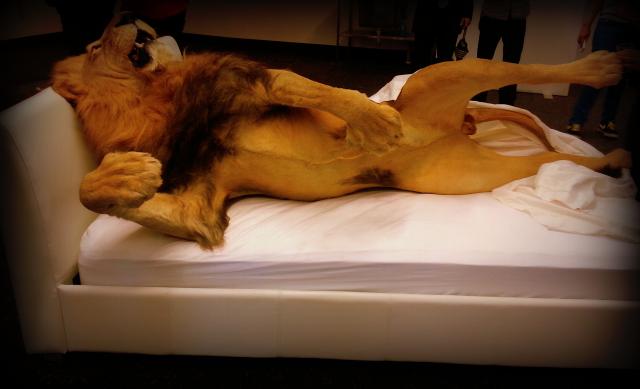

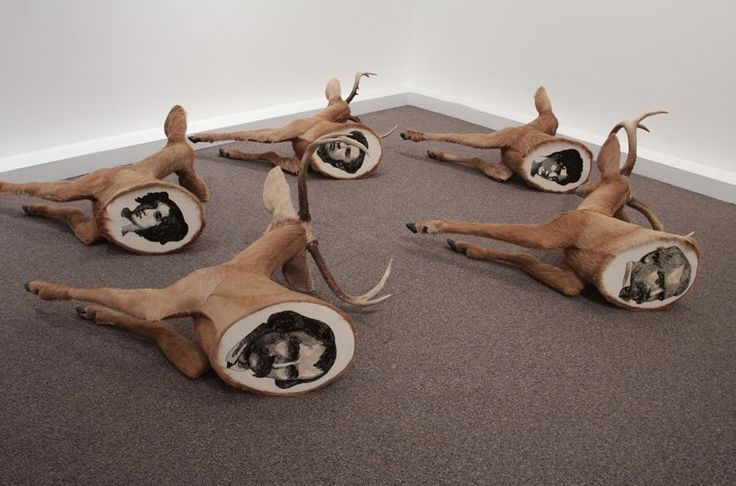
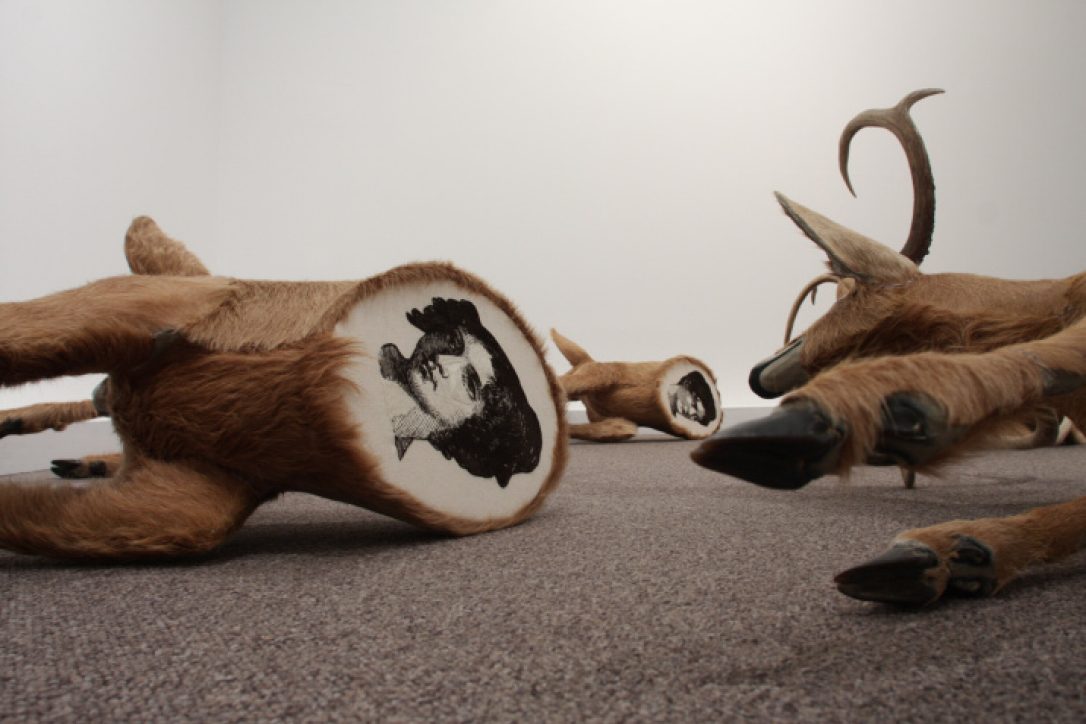

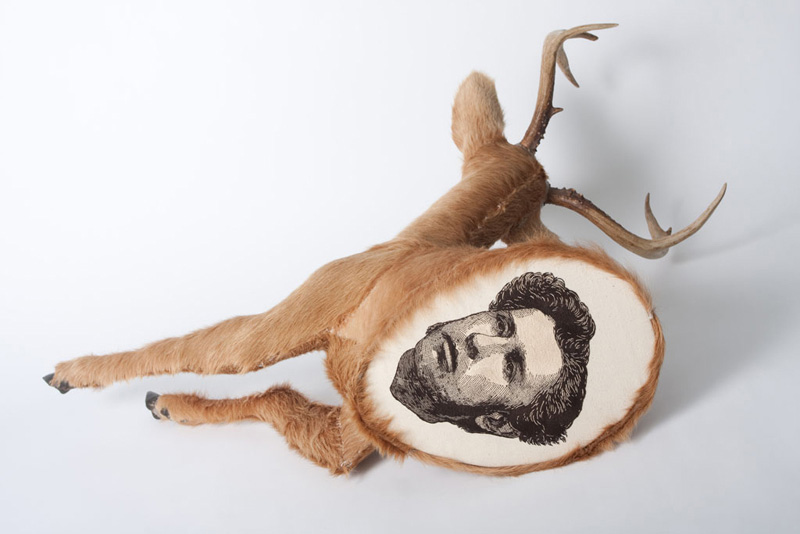
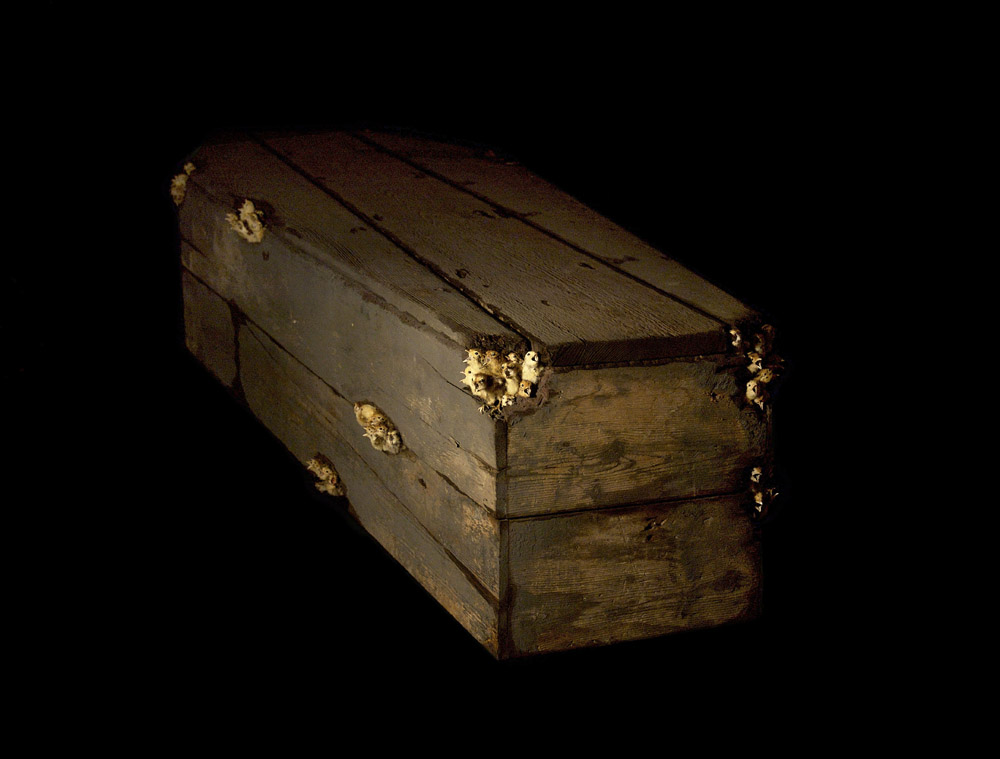




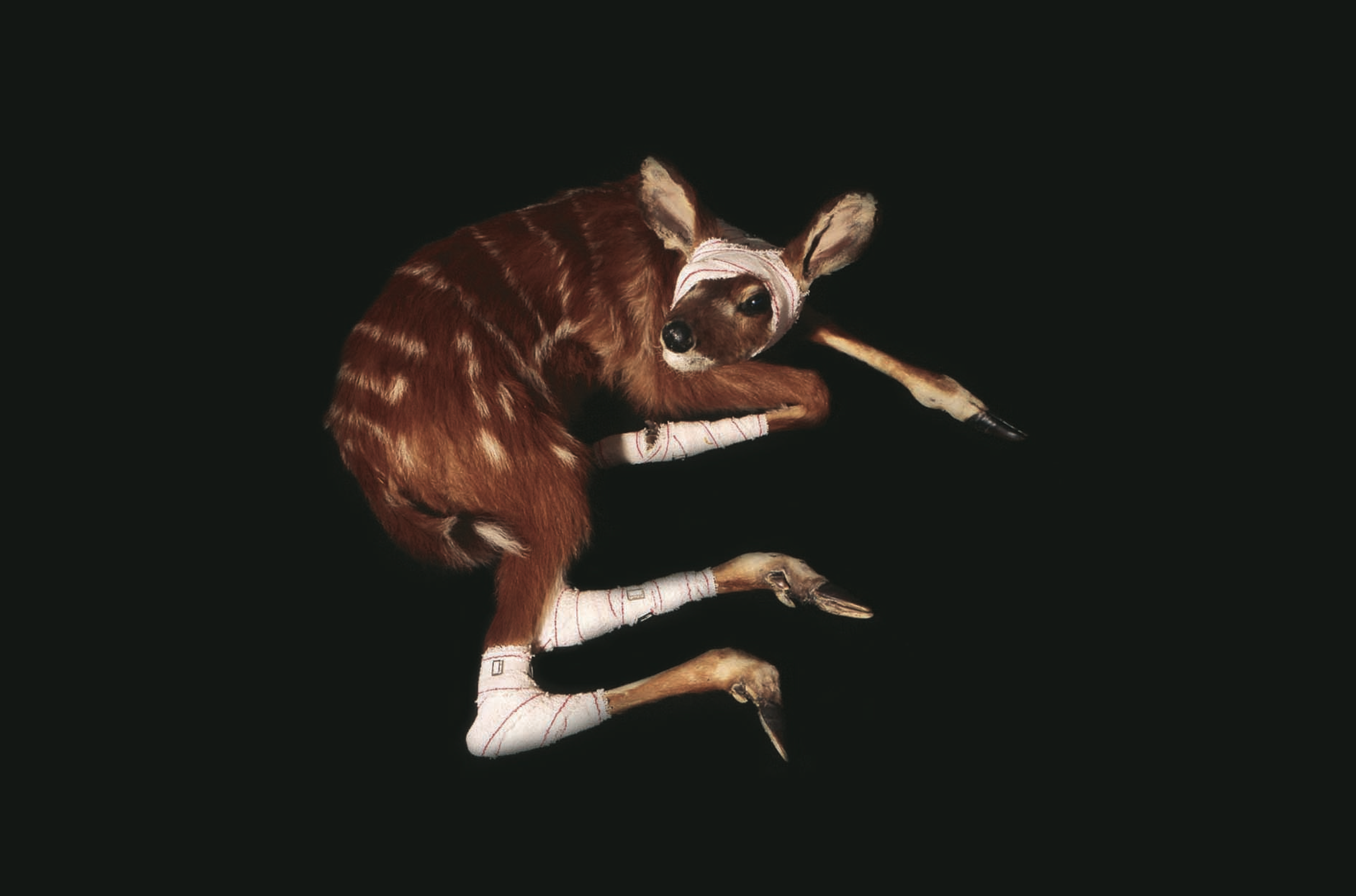

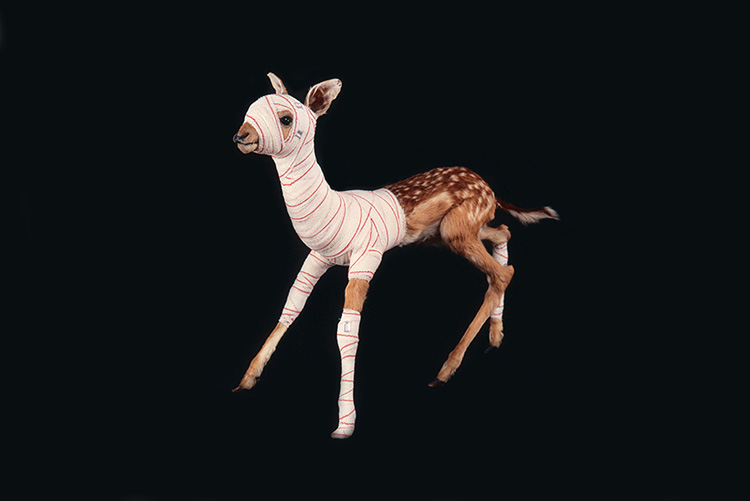

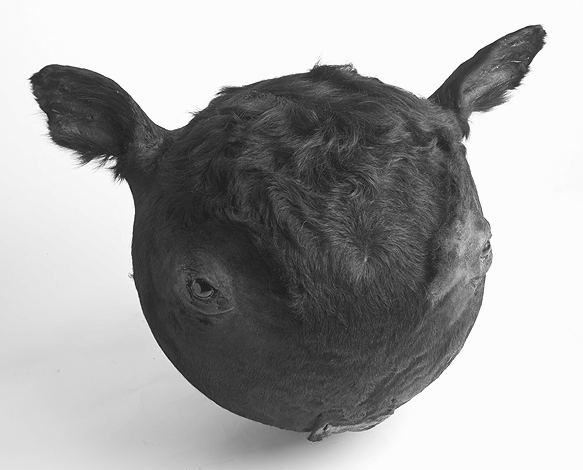
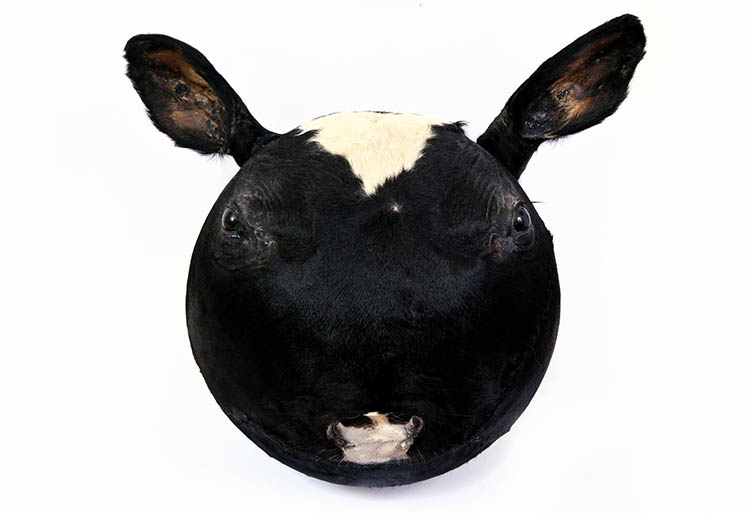


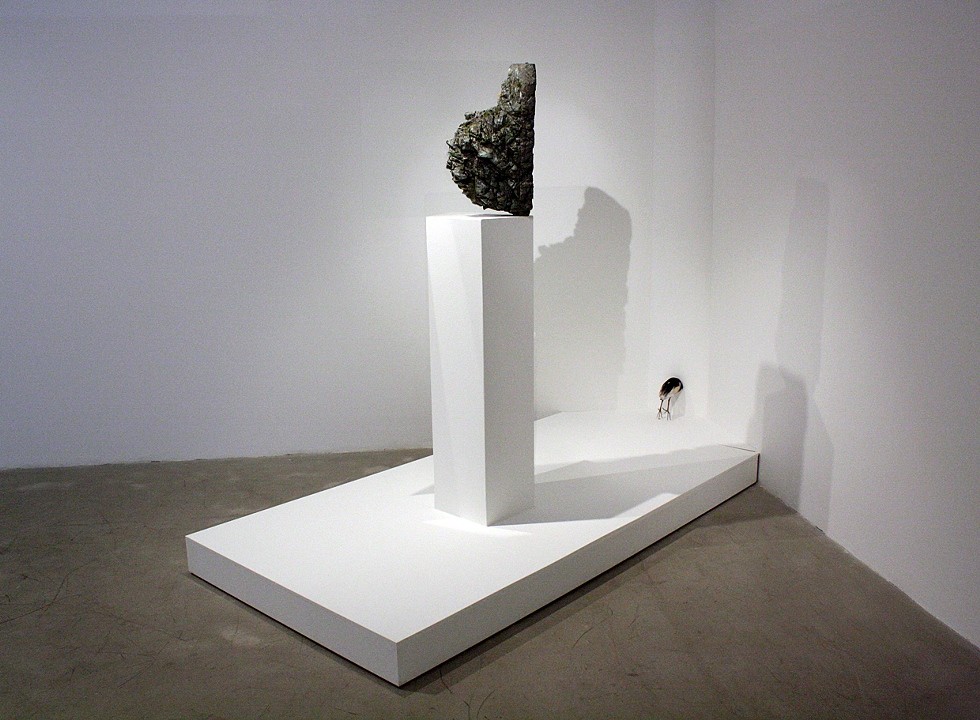
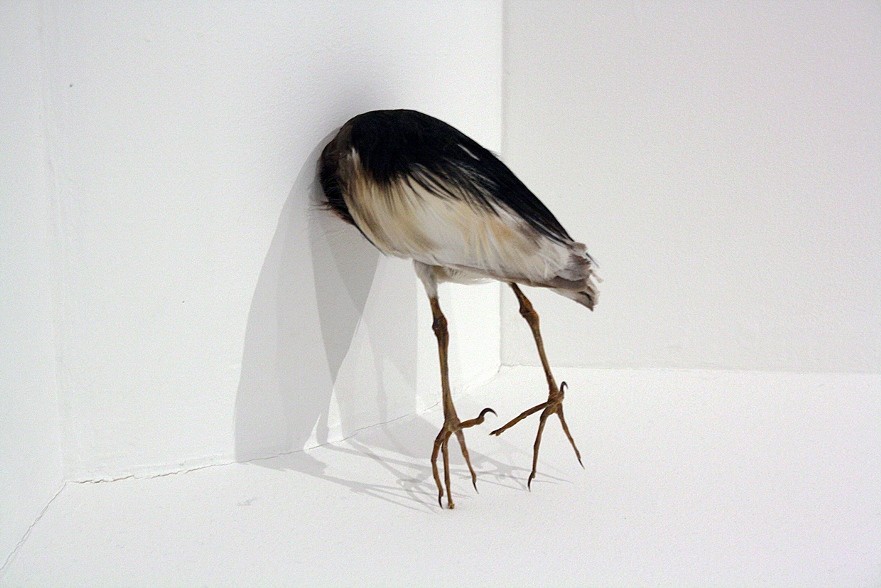













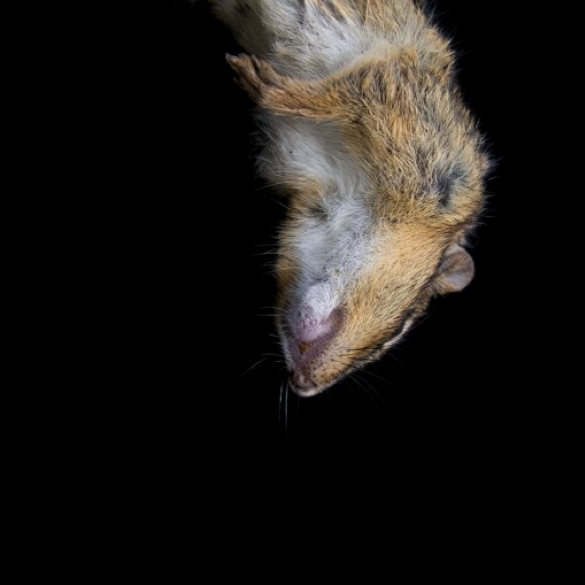
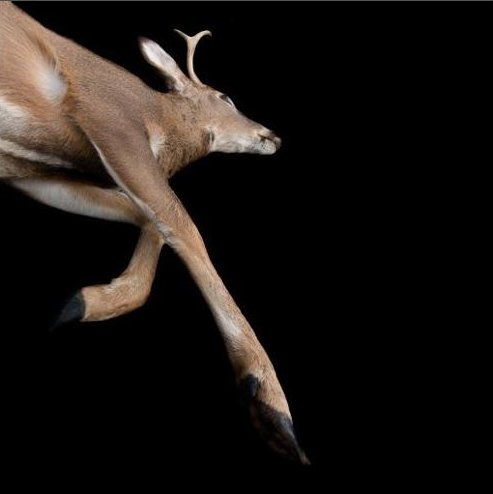

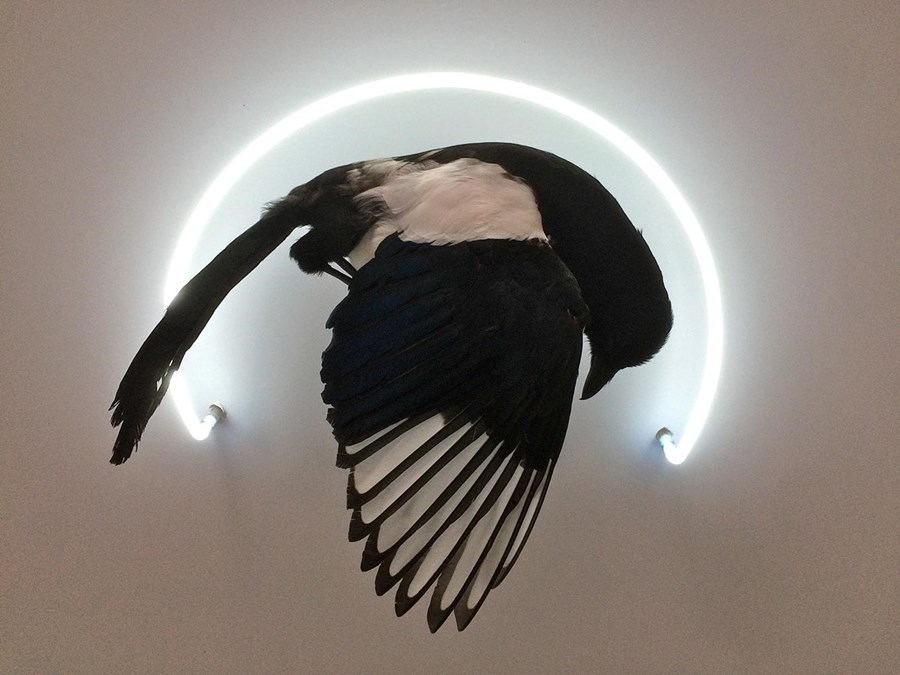


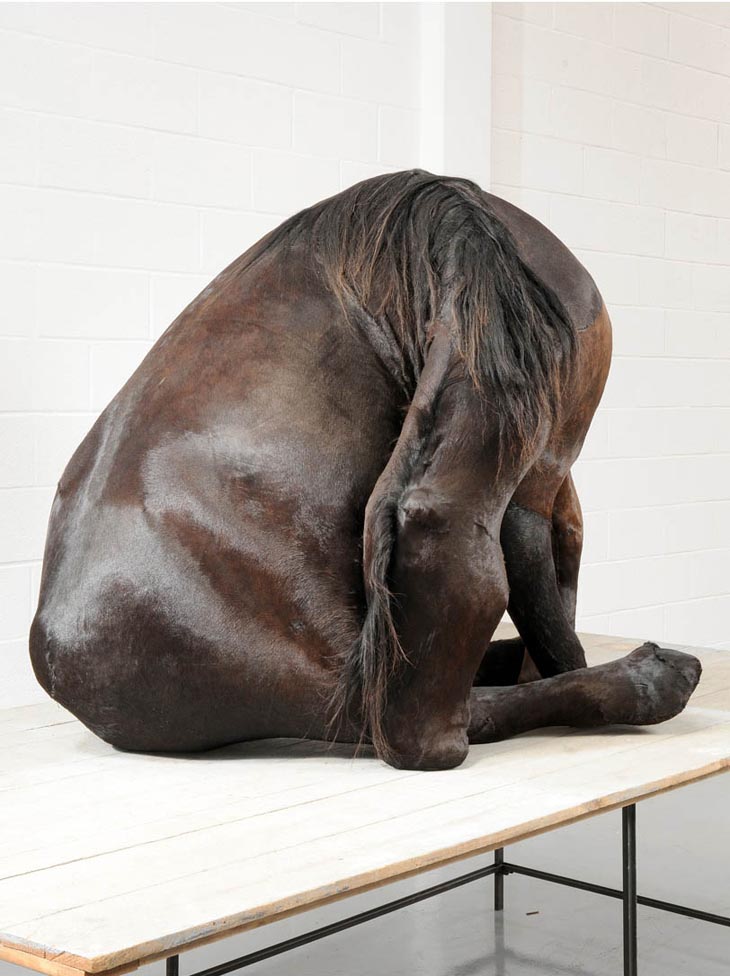
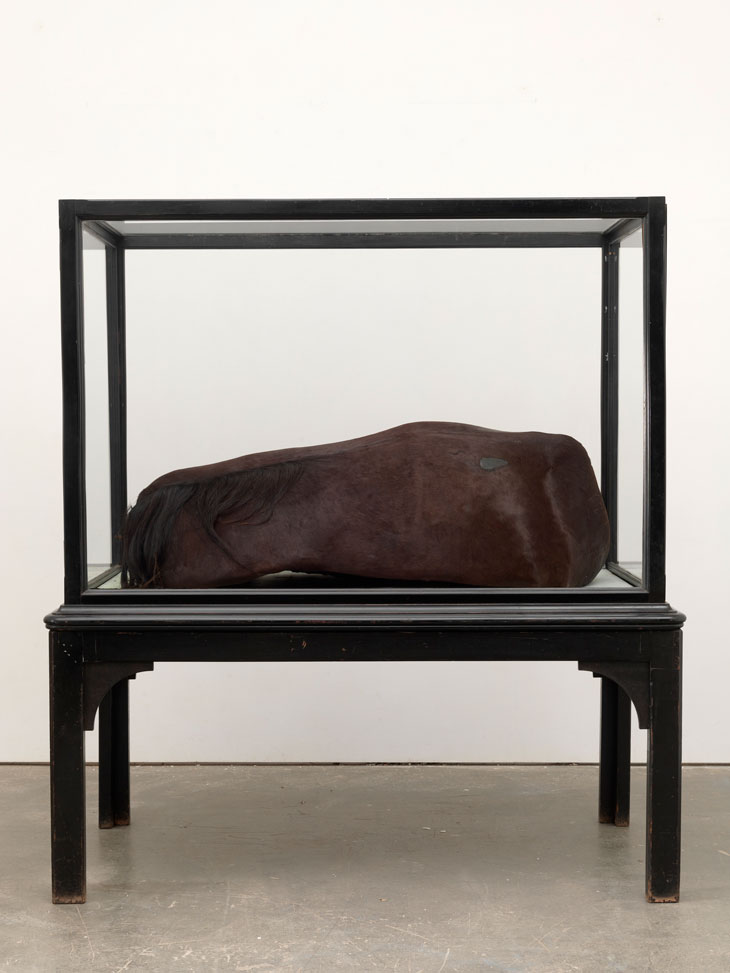
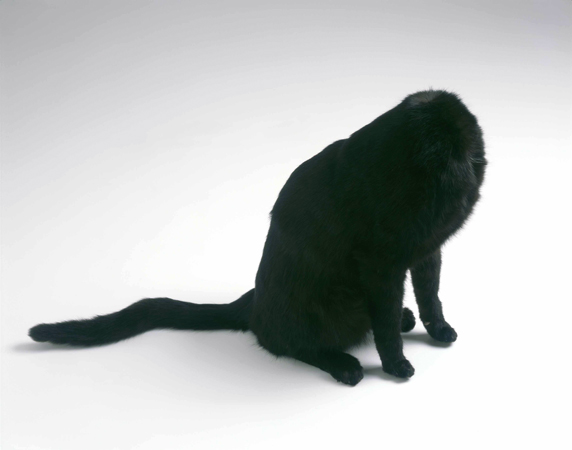
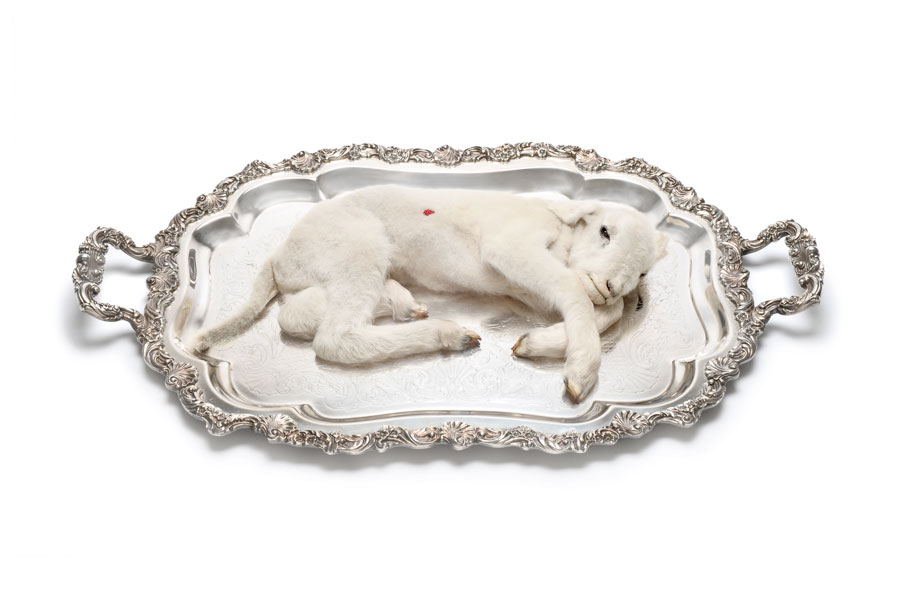
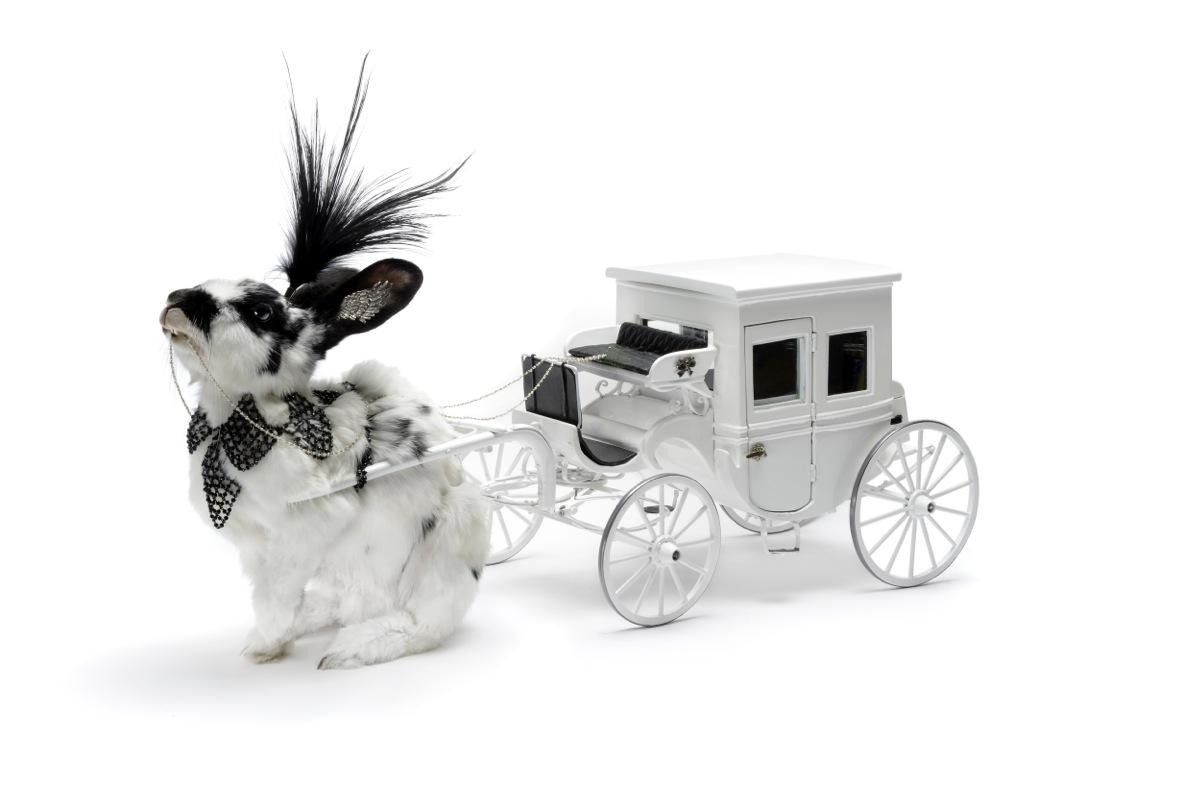

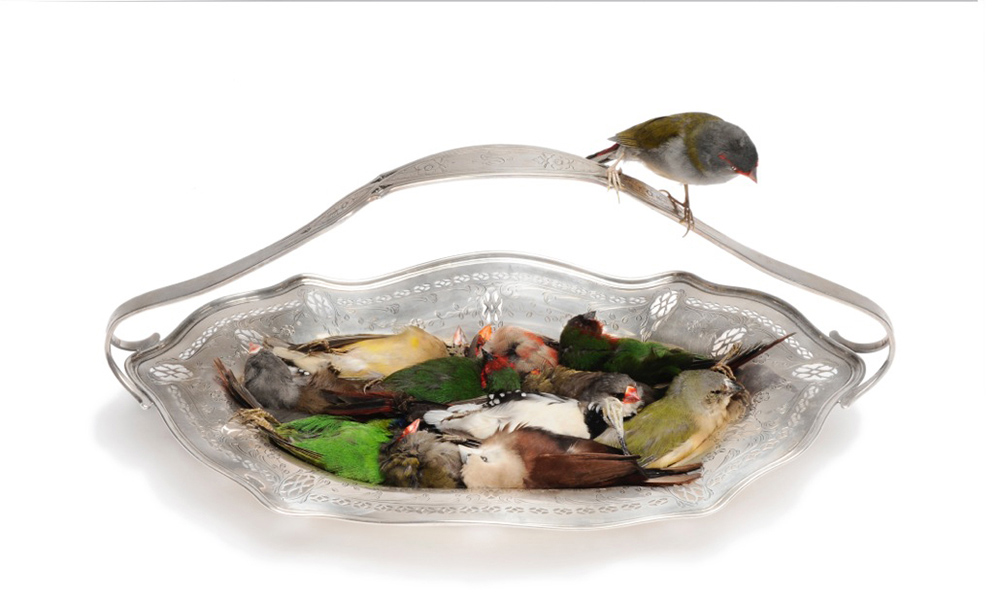
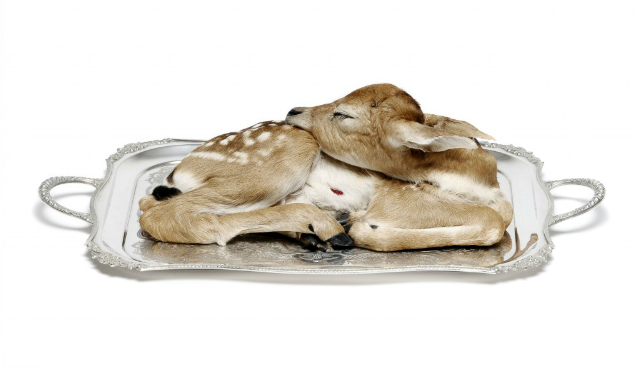










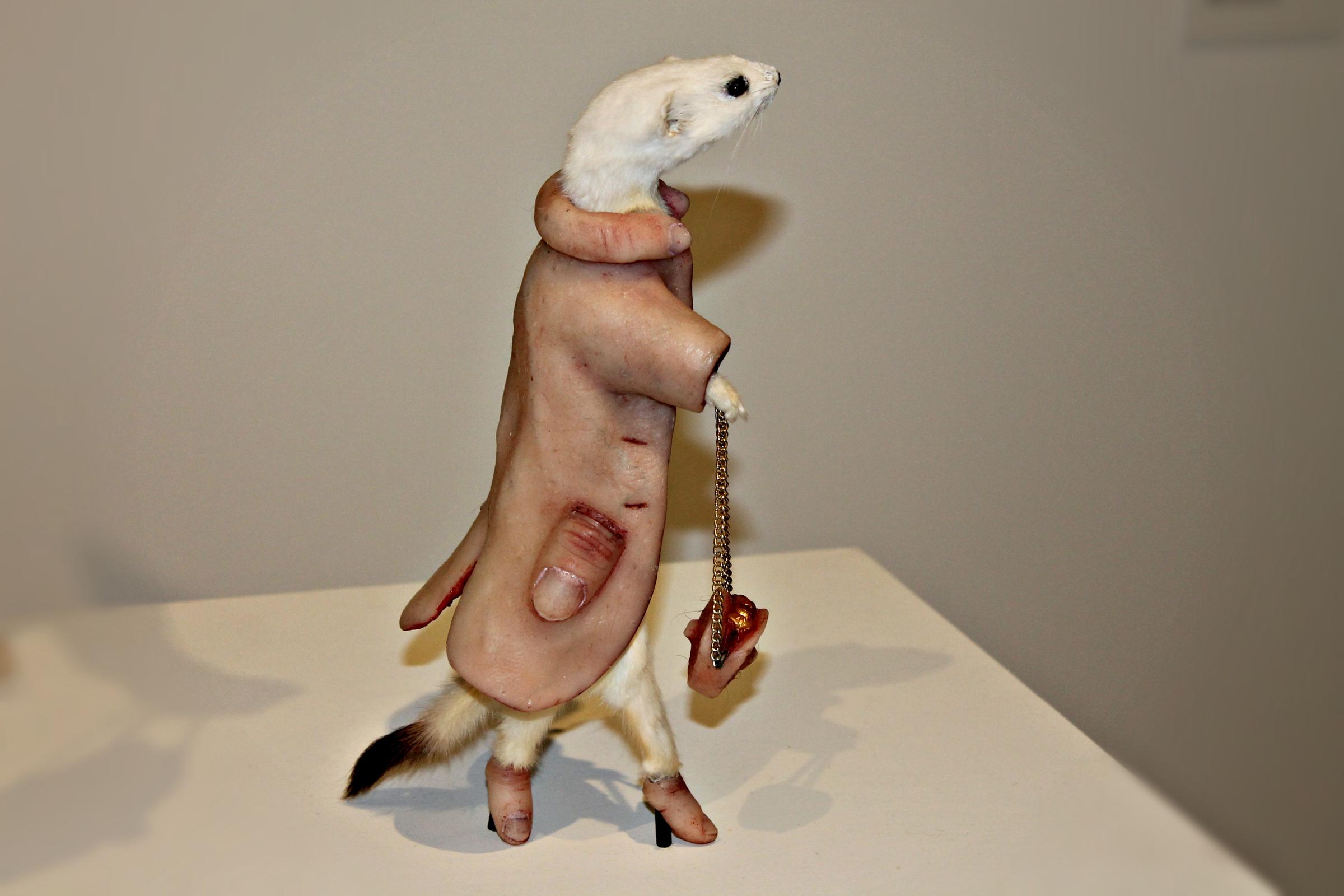















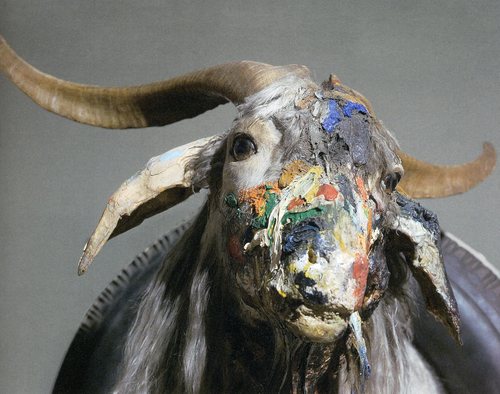

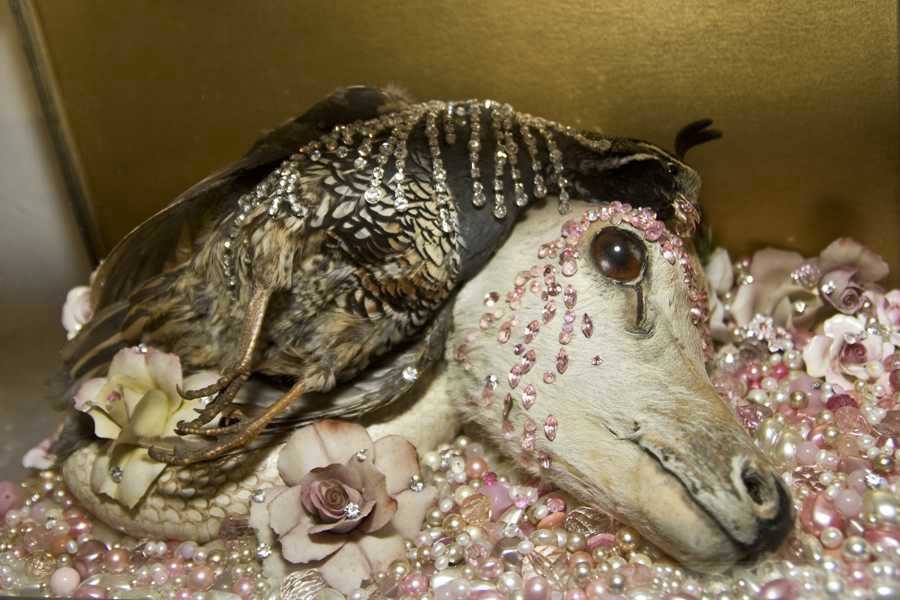


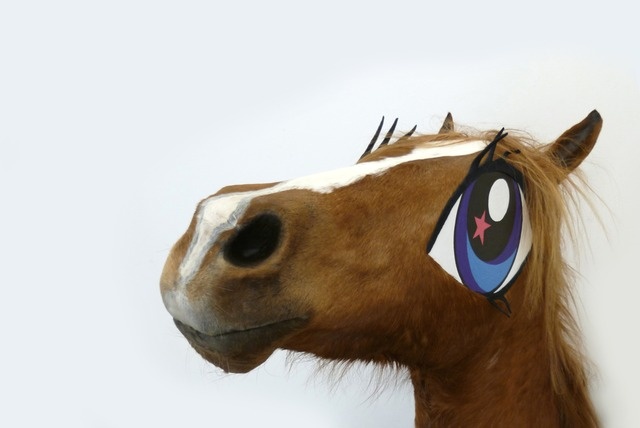
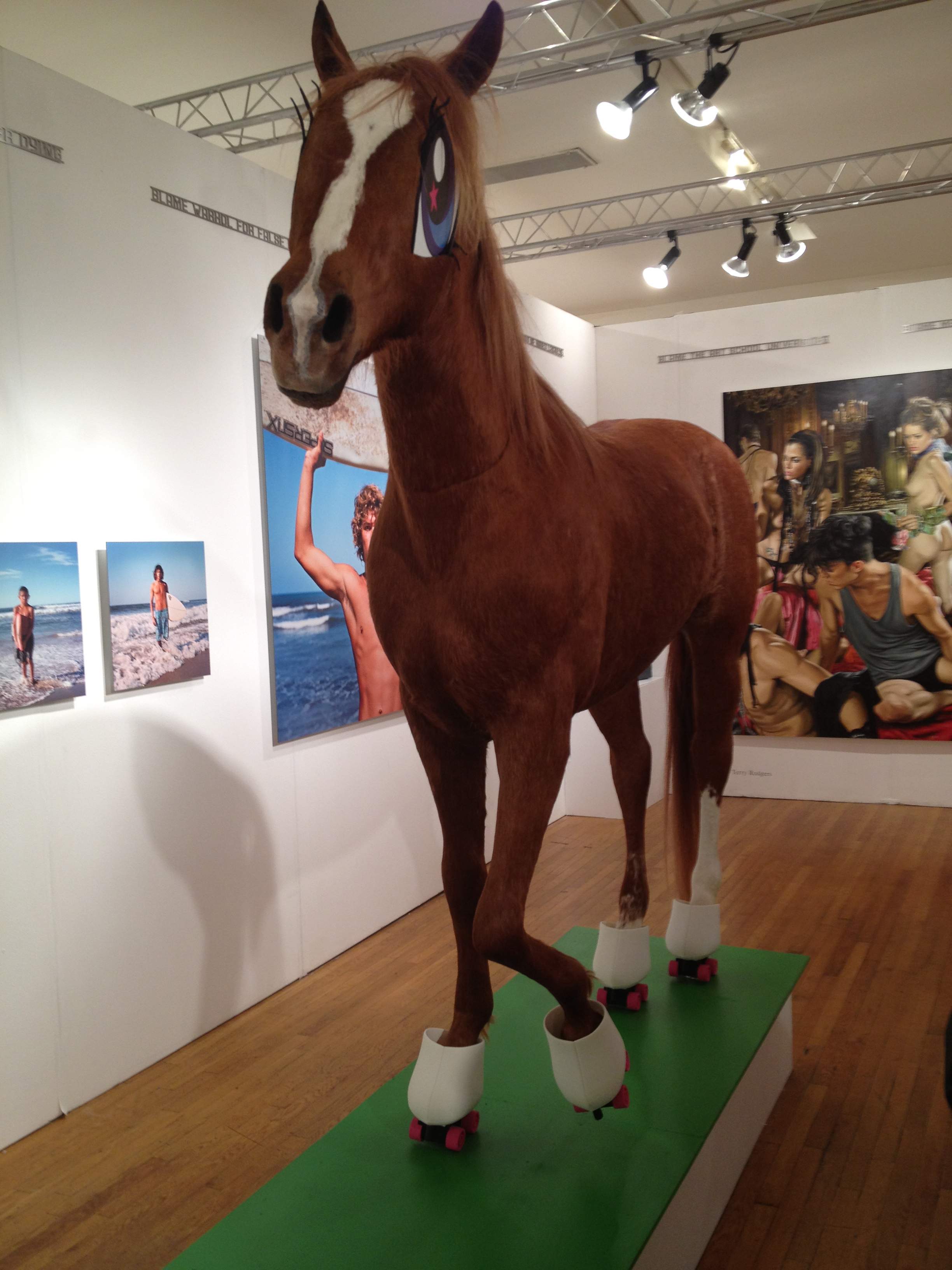




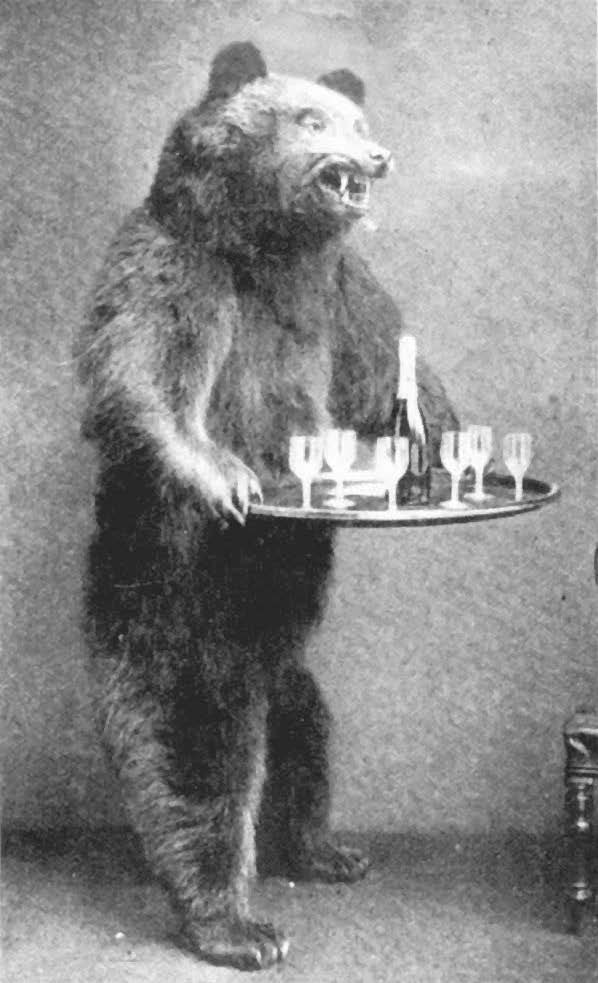
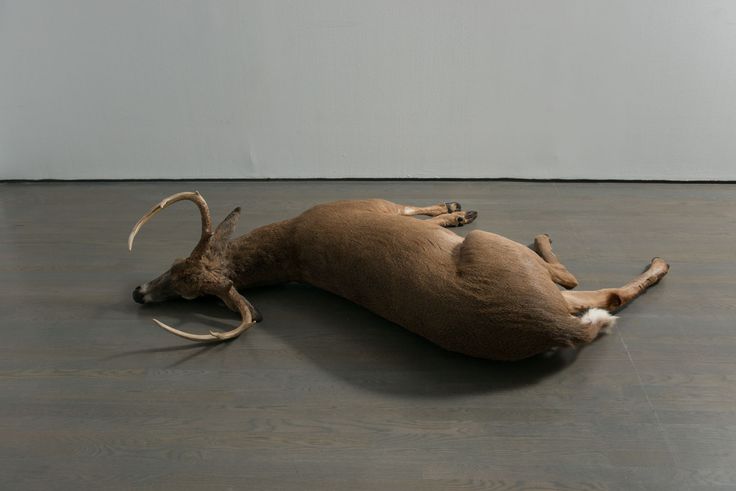
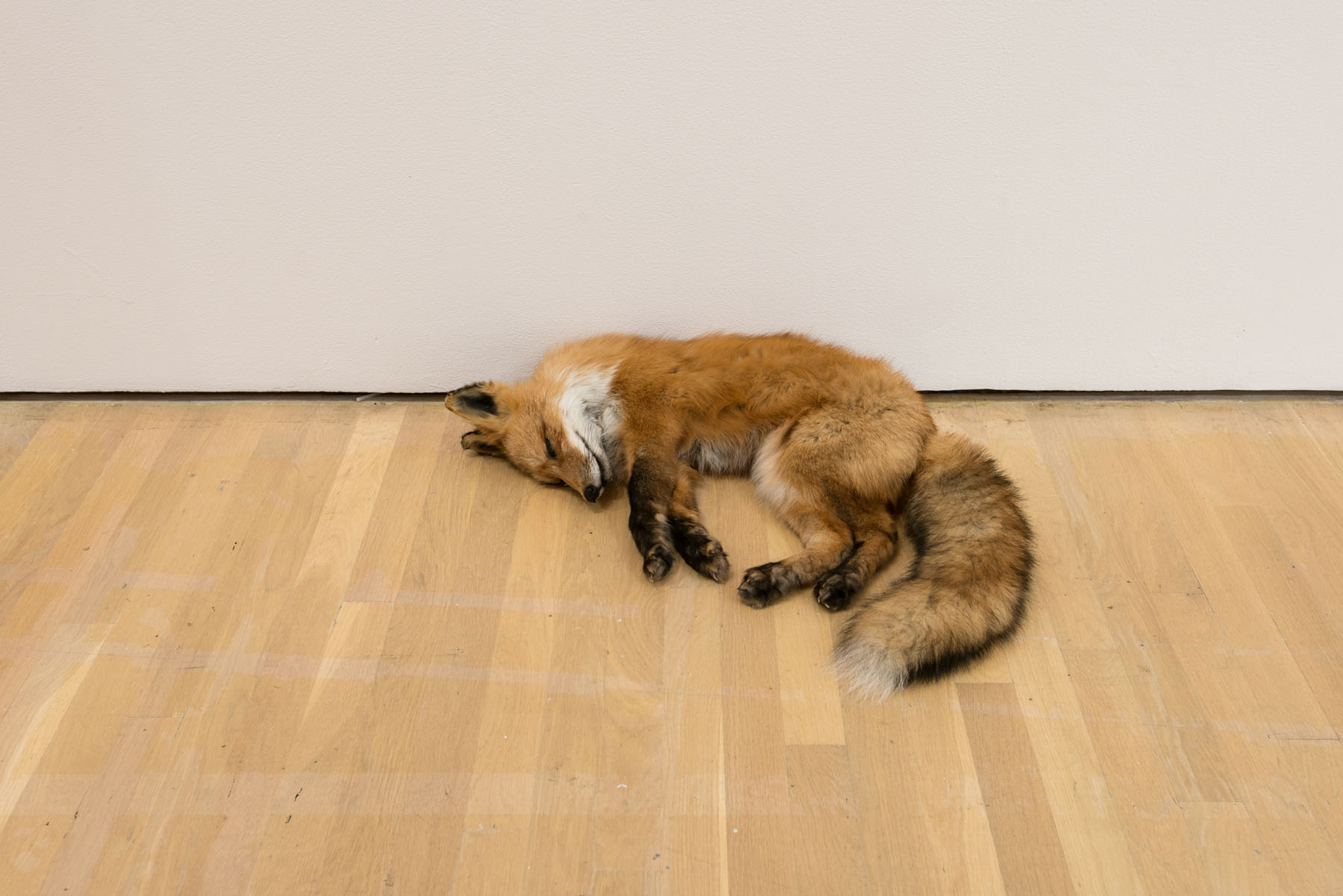

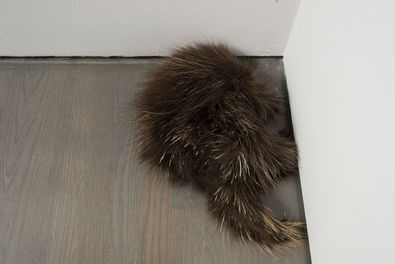
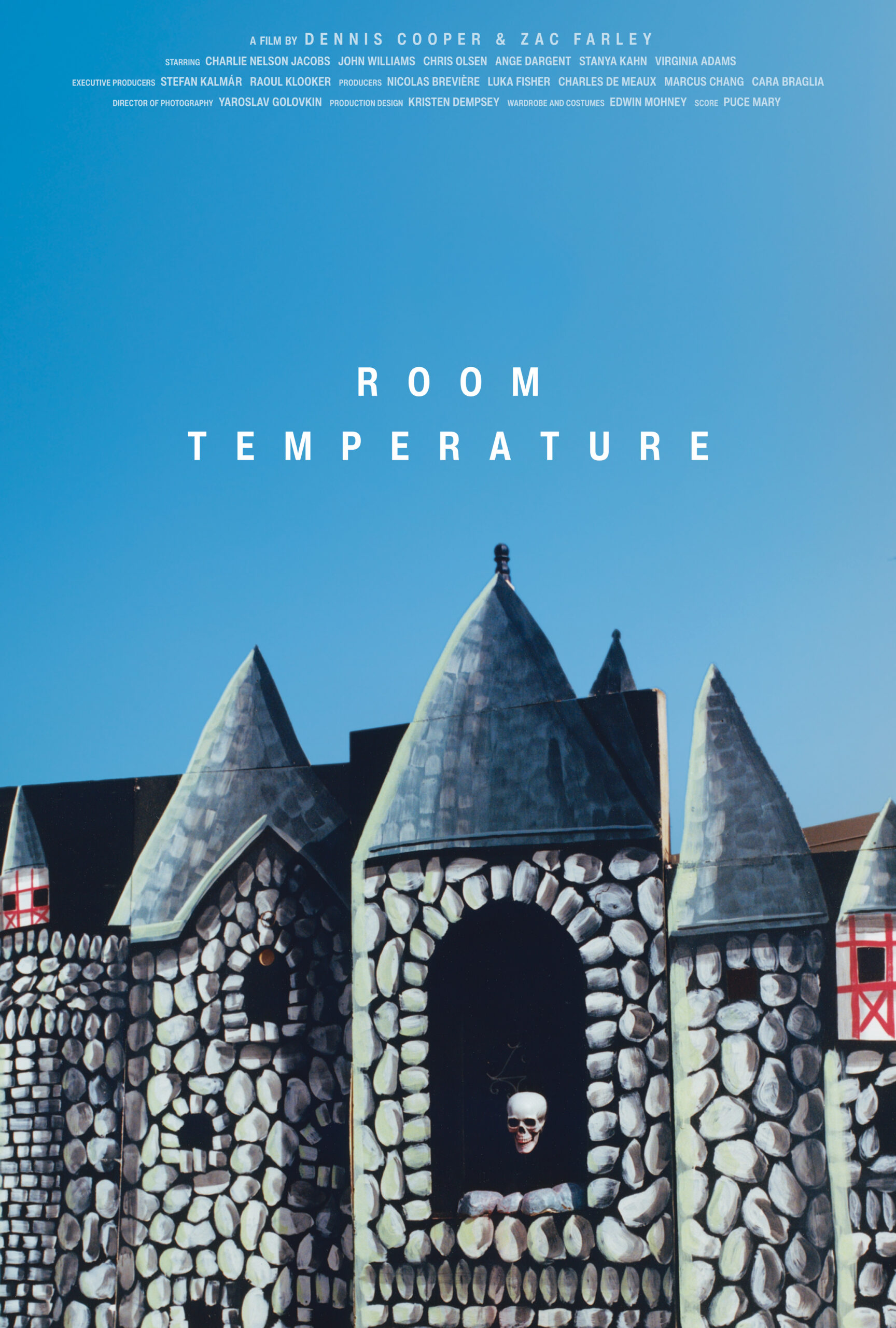



 Now available in North America
Now available in North America 